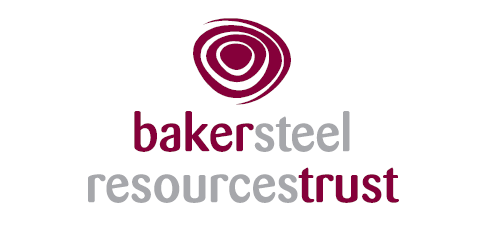Baker Steel Resources Trust (BSRT) has released its annual results for the financial year ending 31 December 2022.
- Over the 12 month period BSRT reported a NAV total return of -19.3%, compared to the 10.2% increase in the EMIX Global Mining Index.
- BSRT’s underperformance was attributed to a series of investment-specific factors, primarily due to the reduction in carrying value of Polar Acquisition Limited following the invasion of Ukraine and falls in the quoted prices of Tungsten West, First Tin and Azarga Metals Corporation. In the case of Polar Acquisition, being a owner of Russian mining assets, it saw its carrying value reduced by 86.2% following the outbreak of the war.
- The chairman believes that the current risk aversion of banks and other financiers to providing capital for the development of mining assets is proving challenging in terms of value realisation for BSRT, thought it is hopefully transitory.
- Specific examples of such issues include Futura Resources, which upon receiving its mining licences from the Queensland Government met financing issues, pushing back its timeline of operating at full capacity. Another example is Nussir, which sought to raise the finance to develop its fully electrified copper project in northern Norway. Upon meeting difficulty in securing financing it has engaged an investment bank to investigate a sale or merger of the company with an existing producer.
- One source of positive NAV return came from the sale of Bilboes Gold to the gold producer Caledonia Mining.
- BSRT paid no dividend for 2022, given its lack of revenues. The trust also made no use of leverage in 2022, as was the case in the prior year.
BSRT’s investment manager commented:
“The invasion of Ukraine by Russia during 2022 led to higher energy prices, inflation and the advent of rising interest rates, which have impacted the mining industry during 2022. The consequent disruption in availability of financing particularly impacted junior companies with development projects. Inflationary increases in key energy price costs have also meant companies have had to refresh their feasibility studies as they have quickly become outdated. Higher interest rates have increased the discount rates that investors apply when evaluating new mining projects thereby reducing valuations. Although we expect inflation and interest rates are likely to peak in 2023, economic and geopolitical uncertainties may well persist and continue to weigh on investor confidence during the year and possibly beyond. More optimistically, the hiatus in new mine developments is likely to lead to sustained higher commodity prices as the world will require the metals to meet the considerable demands of the global energy transition and potential rebuilding of Ukraine. This will be against the possible backdrop of some government stockpiling of strategic metals in a deglobalising world where security of supply chains has become of national interest.”
